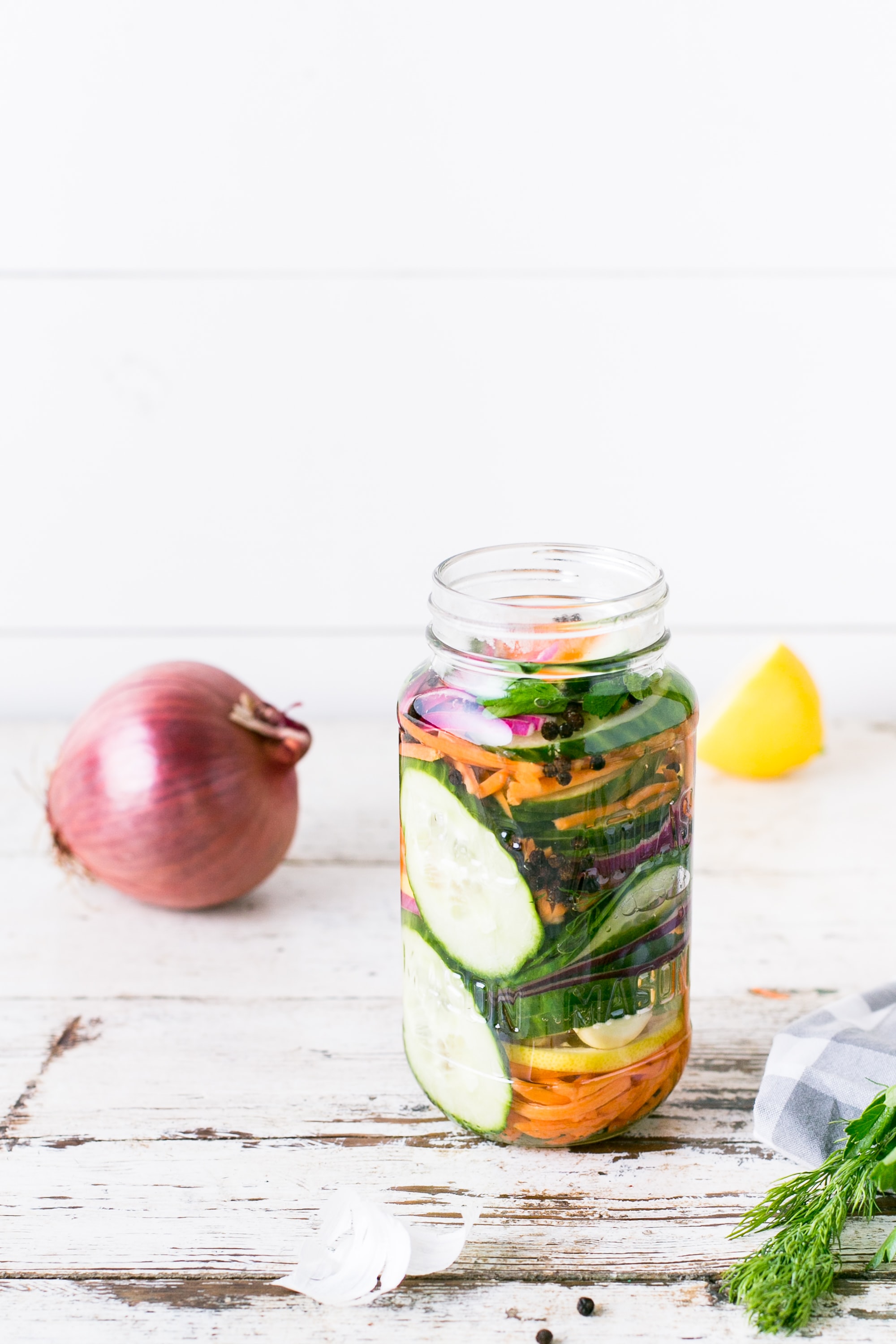The field of gut health is relatively new in science and recently microbiome research has exploded, however, there is still much that is unknown. My aim for this article is to outline the main types of gut imbalances that can occur and the consequent hormone imbalances that usually follow.
The gut microbiome is a collection of trillions of different micro-organisms living inside the intestinal tract. While bacteria have been the main focus of research in the last few years there are also viral, fungal, protozoa biomes as well, all of which should live in harmony with one another and our bodies. The microbiome is responsible for digesting the foods we eat as well as absorbing and synthesizing nutrients. It also plays a huge role in regulating hormones, metabolism, immunity as well as mood and brain health (10). Any imbalance in the gut microbiome or “dysbiosis” can lead to digestive discomfort and influence many different disease states.

How does the microbiome become imbalanced?
Some people may be born with a disadvantaged microbiome eg. by being born via c-section (so they are not exposed to the beneficial bacteria within the vaginal canal) or were not breastfed (as breastfeeding feeds and diversifies the microbiome). Other things that can interfere with the microbiome are the widespread and repetitive use of antibiotics (1) as well as pain relief drugs like NSAIDs and other medications like PPIs, and antidepressants (2) and hormonal birth control, specifically estrogen-containing hormonal birth control and HRT methods (3). Diet and lifestyle factors such as stress, anxiety, depression, alcohol, smoking and exercise also impact and change the gut microbiome. Diet is the largest contributing factor to gut dysbiosis (4). Generally speaking diets high in sugar, animal protein and saturated fat starve the microbiome or cause an overgrowth of unwanted microbes (5). Furthermore, people who do not eat enough eg eating disorders or undergo elimination diets or restrictive weight loss diets for prolonged periods of time also starve the microbiome of beneficial bacteria (12). In contrast, a diet rich in a wide variety of fibre-containing plant foods and resistant starch (prebiotics) and a small amount of fermented foods (probiotics) feed beneficial gut bacteria and improve microbial diversity (11). Fibre and resistant starch feed the microbes in the gut which in turn create various compounds known as short-chain fatty acids. These short-chain fatty acids create a myriad of different healthful effects on the body including strengthening and maintaining the integrity of the gut lining and improving immune function. A diverse microbiome has been consistently associated with general health and the prevention of many chronic diseases (10).
There is no perfect microbiome because every microbiome is unique however problems can arise when there is variability in the quantity of some microbes in comparison to others. Broadly there are two main types of imbalances that can occur:
1. overgrowth of some bacteria or yeasts
2. absence or insufficiency of some types of beneficial bacteria or low microbial diversity.
Often but not always these imbalances feed and influence each other. For example, an overgrowth of some bacteria will compete with nutrients needed from other bacteria to thrive, this then starves the other bacteria leading to lower diversity. IBS is a blanket term that relates to any number of these imbalances. In my opinion, the term IBS can be considered interchangeable with dysbiosis.
Overgrowth
Dysbiosis usually starts in the large intestine because the large intestine houses the largest number and concentration of microbes. An overgrowth of opportunistic bacteria (usually gram-negative bacteria which secrete endotoxins called LPS) (15) can move up and down the GI tract. It can lead to a disrupted vaginal microbiome which can cause recurrent vaginal infections eg. thrush or can move up and cause SIBO (small intestinal bacterial overgrowth). SIBO is defined as a bacterial population in the small intestine that exceeds the norm (6). An overgrowth of bacteria in the small intestine is one of the factors that can sometimes lead to “leaky gut” or “increased intestinal permeability.” Leaky gut occurs when the integrity of the gut lining in the small intestine is compromised, this means that different food particles and byproducts that should remain in the intestines can leak through the intestinal wall and into the bloodstream. This causes widespread inflammation and activates the immune response.
The large intestine is home to the estrobolome, which is a specific subset of bacteria responsible for managing the excretion and absorption of estrogen. An enzyme called beta-glucuronidase is responsible for unpackaging the inactive estrogen that was packaged by the liver reactivating it and sending it back into circulation. If there are too many bacteria that produce beta-glucuronidase then too much estrogen can re-enter the circulation (10). SIBO has also been shown to create B vitamin deficiencies, in particular, vitamin B12 and potentially vitamin B6 (19) which is needed to help metabolise estrogen properly in the liver, another reason why an overgrowth of bacteria leads to estrogen dominance.
An overgrowth of microbes can lead to estrogen-dominance conditions like PMS, fibroids, tender breasts, and heavy and painful periods. Leaky gut is greatly associated with autoimmunity and can lead to conditions like celiac disease, Hashimoto’s thyroiditis, graves disease and diabetes (14). Endometriosis is considered an autoimmune condition by some researchers and is greatly associated with SIBO and leaky gut (15).
Low Diversity
Low diversity of particular types of beneficial bacteria or low diversity, on the whole, is the basis of most gut imbalances. When there is low microbial diversity, some forms of fibre from plants become difficult to digest leading to digestive upset. The FODMAP’s approach identifies foods containing difficult-to-digest fibre types in people with IBS. A reaction to any of the FODMAPS (fermentable oligosaccharides, disaccharides, monosaccharides and polyols) usually means the subset of bacteria needed to digest any of the FODMAP fibres is in low supply or absent.
Before much was understood about the microbiome a reaction to a FODMAP was generally seen as a “food intolerance” and many people were advised to avoid these foods altogether through elimination diets. We now know that elimination diets starve the microbiome of beneficial bacteria and lower microbial diversity. Current evidence supports the careful and slow introduction of dosed portions of FODMAPS, this allows the body enough time to assimilate and adjust to the introduction of new fibre and the microbes attached to it.
In contrast to overgrowth, low diversity can lead to lower estrogen and progesterone. If there isn’t enough of the bacteria in the estrobolome to produce beta-glucuronidase then it may be hard for the gut to create any additional required estrogen from plant foods. Low estrogen is a problem for mood, vaginal integrity bone and heart health. Interestingly underweight women or women with eating disorders have much lower estrogen levels likely due to caloric restriction and an unvaried diet. Women with PCOS have also been shown to have lower gut diversity than women without. The higher the androgen count, the lower the diversity (17). Insulin resistance which is usually a driving mechanism behind most cases of PCOS is also associated with lower microbial diversity (18).
Tips for gut health:
Based on the best available research that we have, the best way to ensure optimal gut health long term is to avoid microbiome-disrupting agents like certain drugs, pesticides and herbicides, alcohol and tobacco, lower stress and focus on a diet that has a wide variety of different plant fibres and a small amount of probiotic foods like kimchi and yogurt etc. At a minimum experts are recommending 30 different plants a week, however, different fibres should be introduced slowly and thoughtfully so as to not create major digestive upset. The microbiome needs time to repopulate with beneficial bacteria. High-fibre diets are one the main reasons people struggle in transitioning to a plant-based diet as the microbiome does not have the necessary microbes to digest fibre. Following regular eating times (usually 3 meals a day) is also important to set the circadian rhythm of the microbiome and also give the digestion adequate time in between meals to break down food properly. In the case of overgrowth of negative bacteria sometimes treatments are necessary either with herbal antimicrobials or pharmaceutical medicines. Probiotics can also be utilised but all of this should be done under the guidance of a professional as the data on probiotics is still in its infancy.
References:
1https://www.frontiersin.org/articles/10.3389/fcimb.2020.572912/full
2https://www.frontiersin.org/articles/10.3389/fpsyt.2021.682868/full
3https://pubmed.ncbi.nlm.nih.gov/26658991/
4https://www.ncbi.nlm.nih.gov/pmc/articles/PMC5385025/
5.https://pubmed.ncbi.nlm.nih.gov/30655101/
6.https://www.ncbi.nlm.nih.gov/pmc/articles/PMC3099351/
8.https://pubmed.ncbi.nlm.nih.gov/34718567/
9.https://pubmed.ncbi.nlm.nih.gov/31636122/
10.https://pubmed.ncbi.nlm.nih.gov/31636122/
11https://www.bmj.com/content/361/bmj.k2179
12https://www.nature.com/articles/s41586-021-03663-4
13https://www.ncbi.nlm.nih.gov/pmc/articles/PMC5440529/
14https://pubmed.ncbi.nlm.nih.gov/26901277/
15https://pubmed.ncbi.nlm.nih.gov/20593260/
16https://pubmed.ncbi.nlm.nih.gov/29370410/
17https://jamanetwork.com/journals/jamanetworkopen/fullarticle/2782527











Thank you so much. Your articles are super helpful for me to approach my endometriosis and (possibly) PCOS naturally.
oh so glad to hear it! Very strong link between endo and SIBO. definitely worth looking into xx